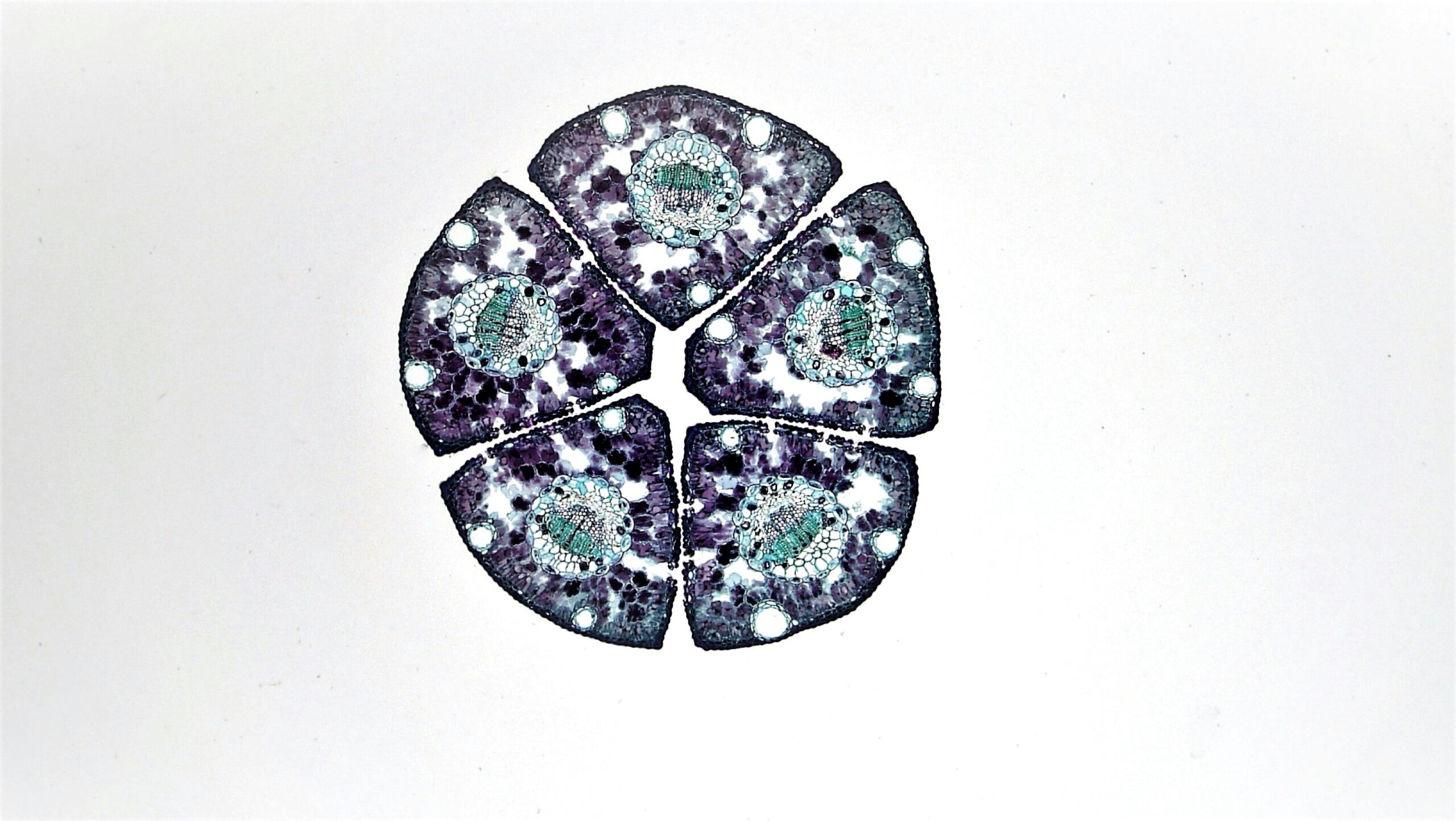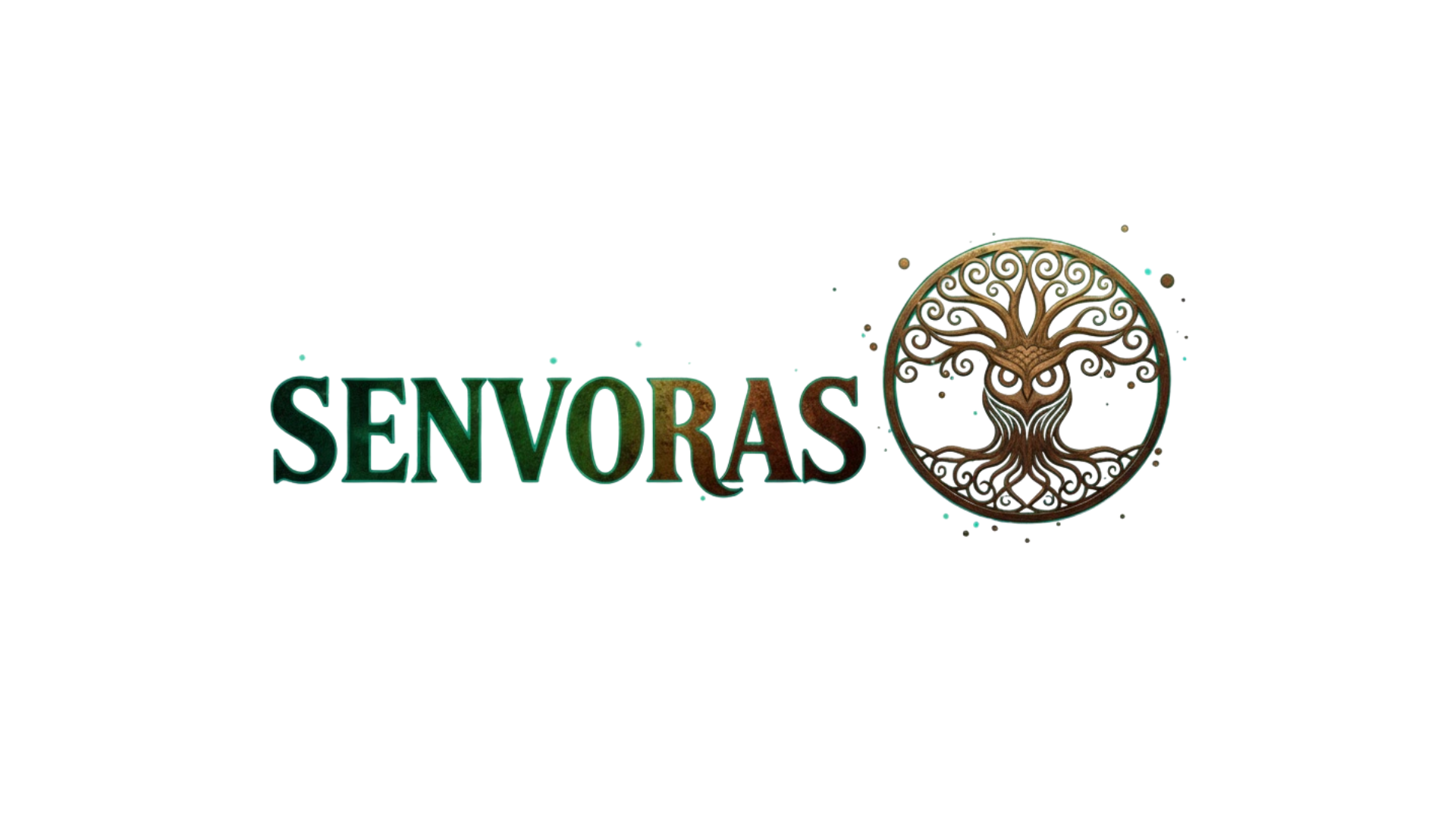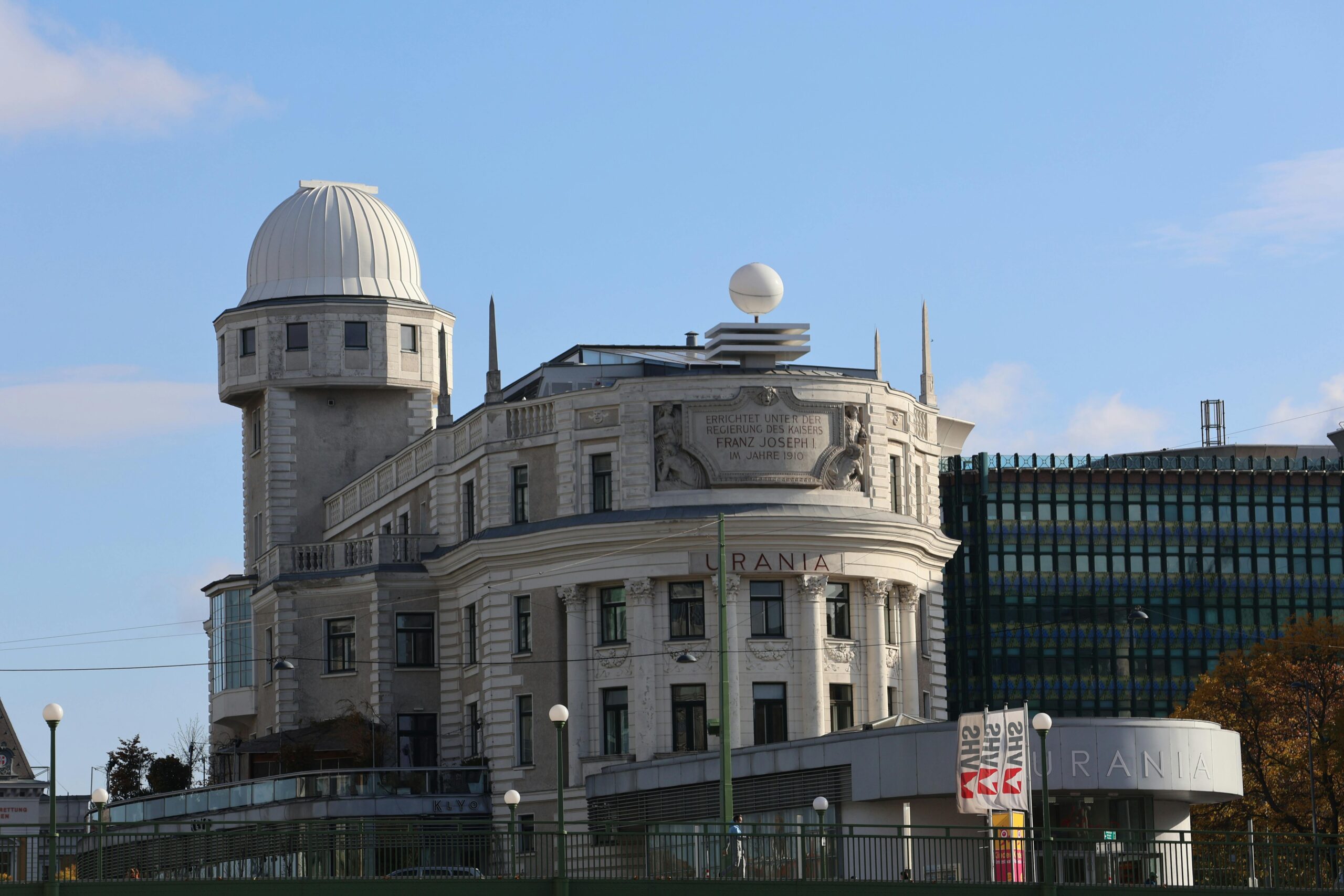Mesenchymal stem cells are revolutionizing regenerative medicine, offering unprecedented therapeutic possibilities for conditions once considered untreatable. Let’s explore the cutting-edge discoveries reshaping this field.
🔬 The Foundation: Understanding Mesenchymal Stem Cells
Mesenchymal stem cells (MSCs) represent one of the most promising tools in modern regenerative medicine. These multipotent stromal cells possess the remarkable ability to differentiate into various cell types, including bone, cartilage, muscle, and fat cells. Originally discovered in bone marrow by Alexander Friedenstein in the 1960s, MSCs have since been identified in numerous tissues throughout the human body.
What makes MSCs particularly attractive for therapeutic applications is their unique combination of properties. Beyond their differentiation capacity, these cells secrete bioactive molecules that modulate immune responses, reduce inflammation, and promote tissue repair. This paracrine effect has become increasingly recognized as perhaps their most valuable therapeutic characteristic.
The accessibility of MSCs from various tissue sources—including adipose tissue, umbilical cord blood, dental pulp, and peripheral blood—has accelerated research and clinical applications. Each source presents distinct advantages regarding ease of collection, cell yield, and differentiation potential, allowing researchers to select optimal sources for specific therapeutic goals.
Revolutionary Discoveries in MSC Biology
Recent breakthroughs have fundamentally altered our understanding of how MSCs function at the molecular level. Advanced genomic and proteomic analyses have revealed intricate signaling pathways that govern MSC behavior, opening new avenues for enhancing their therapeutic efficacy.
Extracellular Vesicles: The New Frontier 🚀
One of the most exciting developments involves extracellular vesicles (EVs) secreted by MSCs. These tiny membrane-bound particles contain proteins, lipids, and genetic material that can be transferred to other cells, mediating many of MSCs’ therapeutic effects. Researchers have discovered that MSC-derived EVs may offer advantages over whole-cell therapies, including better safety profiles, easier storage, and reduced immunogenicity.
Studies published in leading journals have demonstrated that these vesicles can promote tissue regeneration, modulate immune responses, and even cross the blood-brain barrier—a feat that opens possibilities for treating neurological conditions. The therapeutic potential of cell-free approaches using MSC-EVs represents a paradigm shift that could overcome many logistical challenges associated with living cell therapies.
Epigenetic Modifications and MSC Potency
Scientists have made significant strides in understanding how epigenetic factors influence MSC characteristics. DNA methylation patterns, histone modifications, and microRNA expression profiles all play crucial roles in determining MSC differentiation capacity and therapeutic potential. This knowledge has enabled researchers to develop strategies for maintaining or enhancing MSC quality during expansion in culture.
Epigenetic reprogramming techniques are now being employed to rejuvenate aged MSCs or redirect their differentiation pathways. These approaches could extend the therapeutic window for autologous treatments, where patients’ own cells are used, particularly benefiting elderly patients whose MSCs may have diminished regenerative capacity.
Clinical Applications Transforming Patient Care
The translation of MSC research into clinical practice has accelerated dramatically over the past decade. Thousands of clinical trials worldwide are investigating MSC therapies for an expanding range of conditions, with several treatments already approved in various countries.
Orthopedic and Musculoskeletal Disorders 🦴
Orthopedic applications represent one of the most advanced areas of MSC therapy. Clinical trials have shown promising results for treating osteoarthritis, with patients experiencing reduced pain and improved joint function following intra-articular MSC injections. The cells appear to modulate inflammation while promoting cartilage repair, offering an alternative to joint replacement surgery for some patients.
Bone regeneration has also benefited from MSC innovations. Tissue-engineered constructs combining MSCs with biocompatible scaffolds are being used to repair large bone defects resulting from trauma, tumor resection, or congenital abnormalities. These approaches have achieved fusion rates comparable to traditional bone grafting while eliminating donor site morbidity.
Cardiovascular Disease Breakthroughs
Cardiovascular applications have generated considerable excitement within the medical community. MSC therapy for heart failure following myocardial infarction has progressed through multiple clinical trial phases, with evidence suggesting improvements in cardiac function and reduced adverse remodeling. The mechanisms appear to involve both direct cellular contributions and paracrine effects that promote angiogenesis and reduce fibrosis.
Researchers are also exploring MSC applications for peripheral arterial disease, stroke recovery, and pulmonary hypertension. Each application presents unique challenges regarding cell delivery, engraftment, and functional integration, driving innovation in administration techniques and cell engineering strategies.
Immunomodulatory Applications: A Game-Changer 💊
The immunomodulatory properties of MSCs have opened therapeutic possibilities for autoimmune and inflammatory conditions. MSCs can interact with virtually all immune cell types, suppressing excessive inflammatory responses while promoting tissue repair mechanisms.
Graft-Versus-Host Disease
Perhaps the most established immunomodulatory application involves treating graft-versus-host disease (GVHD), a potentially fatal complication of allogeneic hematopoietic stem cell transplantation. Several countries have approved MSC products for steroid-refractory acute GVHD, with clinical data demonstrating improved survival rates in patients receiving MSC therapy.
The success in GVHD has spurred investigations into other immune-mediated conditions, including Crohn’s disease, multiple sclerosis, systemic lupus erythematosus, and type 1 diabetes. Early-phase clinical trials have yielded encouraging results, though larger studies are needed to establish efficacy definitively.
COVID-19 and Acute Respiratory Distress Syndrome
The COVID-19 pandemic accelerated interest in MSC therapy for acute respiratory distress syndrome (ARDS). Multiple clinical trials investigated whether MSCs could mitigate the cytokine storm and lung damage associated with severe COVID-19. Results have been mixed but sufficiently promising to warrant continued investigation for ARDS of various etiologies.
Enhancing MSC Therapeutic Efficacy
Recognizing that native MSCs may have limitations has driven research into enhancement strategies. Scientists are employing various approaches to boost MSC survival, homing, and therapeutic functions.
Genetic Engineering and Gene Editing ✂️
Gene modification techniques allow researchers to engineer MSCs with enhanced properties. Overexpressing growth factors, anti-inflammatory cytokines, or survival genes can amplify therapeutic effects. CRISPR-Cas9 gene editing enables precise modifications, potentially creating “designer” MSCs optimized for specific applications.
Safety considerations remain paramount when developing genetically modified MSCs. Researchers must ensure that modifications don’t trigger uncontrolled proliferation or unintended immunogenic responses. Regulatory pathways for gene-modified cell therapies are still evolving, presenting both challenges and opportunities for innovation.
Preconditioning Strategies
Preconditioning involves exposing MSCs to specific stimuli before administration to enhance their therapeutic properties. Hypoxic preconditioning, for example, activates survival pathways and increases growth factor secretion. Inflammatory cytokine priming can enhance immunosuppressive capabilities, while mechanical stimulation may improve differentiation potential.
These strategies offer advantages over genetic modification by avoiding permanent genetic changes. Optimizing preconditioning protocols for different clinical applications represents an active area of investigation, with researchers identifying optimal timing, duration, and stimulus combinations.
Manufacturing and Scale-Up Challenges 🏭
Translating laboratory successes into widely available therapies requires robust manufacturing processes. MSC production must meet stringent quality standards while remaining economically viable.
Standardization and Quality Control
Variability between MSC preparations has complicated clinical translation. Differences in tissue source, donor characteristics, culture conditions, and passage number all influence MSC properties. International efforts are underway to standardize MSC characterization, including establishing minimal criteria for identity, purity, and potency.
Quality control assays must assess not only cell viability and identity but also functional characteristics relevant to therapeutic mechanisms. Potency assays measuring immunomodulatory capacity, differentiation potential, or paracrine factor secretion are becoming standard components of MSC product release testing.
Bioreactor Technology and Automation
Traditional flask-based culture methods cannot meet the demand for MSC therapies at scale. Bioreactor systems enabling three-dimensional culture in controlled microenvironments are revolutionizing MSC manufacturing. These systems improve cell yield, reduce manual handling, and enhance reproducibility.
Automation and closed-system processing minimize contamination risks while reducing labor costs. Advanced manufacturing facilities incorporating these technologies are being established worldwide, bringing MSC therapies closer to widespread clinical availability.
Combination Therapies and Biomaterial Integration 🧬
Recognizing that MSCs alone may not address all aspects of complex diseases, researchers are developing combination approaches. Pairing MSCs with complementary therapies or biomaterial scaffolds can enhance outcomes.
Scaffold-Based Tissue Engineering
Biomaterial scaffolds provide structural support and biochemical cues that guide MSC behavior. Natural materials like collagen and synthetic polymers can be engineered with specific mechanical properties, degradation rates, and bioactive molecule incorporation. Three-dimensional bioprinting enables creation of complex tissue constructs with precise cell placement and architectural control.
Injectable hydrogels represent an alternative approach, allowing minimally invasive delivery while providing a supportive microenvironment. These materials can protect cells from harsh in vivo conditions while controlling their spatial distribution and retention at injury sites.
Synergistic Cellular Combinations
Co-delivering MSCs with other cell types leverages complementary mechanisms. Combining MSCs with endothelial progenitor cells enhances vascularization in tissue engineering applications. Pairing with chondrocytes improves cartilage repair outcomes. These multi-cellular approaches better recapitulate the complexity of native tissue development and regeneration.
Regulatory Landscape and Market Dynamics 📊
The regulatory environment for MSC therapies continues evolving as agencies balance innovation encouragement with patient safety. Different countries have adopted varying approaches, creating a complex global landscape.
Some jurisdictions have established conditional approval pathways allowing earlier access to promising therapies while collecting additional safety and efficacy data. Others maintain more conservative requirements demanding extensive clinical evidence before approval. These differences influence where companies choose to develop and commercialize MSC products.
The market for MSC therapies is projected to grow substantially over the coming decade. Increasing clinical validation, expanding indications, and improving manufacturing economics are driving commercial interest. However, reimbursement challenges remain, particularly for expensive one-time cellular interventions in healthcare systems designed around chronic medication management.
Emerging Applications on the Horizon 🌅
As our understanding of MSC biology deepens, novel applications continue emerging. Neurological disorders, previously considered beyond the reach of MSC therapy due to challenges crossing the blood-brain barrier, are now being actively investigated. Intranasal and intrathecal delivery routes show promise for conditions including Alzheimer’s disease, Parkinson’s disease, and spinal cord injury.
Anti-aging applications represent another frontier. MSCs’ ability to modulate senescence and promote tissue homeostasis has sparked interest in their potential for extending healthspan. While controversial and requiring rigorous scientific validation, this area could eventually revolutionize approaches to age-related decline.
Personalized medicine approaches using patient-derived MSCs engineered based on individual genetic profiles and disease characteristics may become feasible as costs decrease and technologies mature. Such precision therapies could optimize outcomes while minimizing adverse effects.
Addressing Safety Considerations and Challenges ⚠️
Despite their promise, MSC therapies are not without risks. Ectopic tissue formation, though rare, has been documented. Immunological reactions can occur, particularly with repeated allogeneic administrations. Potential pro-tumorigenic effects in cancer patients require careful consideration, though current evidence suggests MSCs may actually inhibit tumor growth in many contexts.
The proliferation of unregulated “stem cell clinics” offering unproven treatments poses significant concerns. These establishments often make exaggerated claims while charging substantial fees for interventions lacking scientific validation. Distinguishing legitimate clinical trials and approved therapies from unsubstantiated offerings remains challenging for patients and requires coordinated regulatory action.
Long-term safety data collection through patient registries and post-marketing surveillance will be essential as MSC therapies become more common. Understanding rare adverse events and identifying patient populations at elevated risk will refine clinical practice and improve outcomes.

The Path Forward: Innovation Meets Clinical Reality 🎯
The mesenchymal stem cell field stands at an exciting juncture where laboratory discoveries are increasingly translating into patient benefits. Continued progress requires collaboration among basic scientists, clinicians, industry partners, and regulatory agencies. Interdisciplinary approaches integrating cell biology, materials science, engineering, and clinical medicine will drive the next generation of innovations.
Investment in fundamental research remains critical for uncovering mechanisms underlying MSC therapeutic effects. This knowledge enables rational therapy design rather than empirical trial-and-error approaches. Simultaneously, pragmatic clinical development focused on indications with clear unmet needs and well-defined patient populations will demonstrate value and build confidence in the broader medical community.
Education initiatives ensuring healthcare providers and patients understand MSC therapy capabilities and limitations will facilitate appropriate utilization. As the field matures, evidence-based guidelines will help standardize clinical practice while allowing flexibility for ongoing innovation.
The journey from Friedenstein’s initial observations to today’s sophisticated MSC therapeutics illustrates the power of persistent scientific inquiry. As breakthroughs continue emerging from laboratories worldwide, mesenchymal stem cells are fulfilling their potential to transform medicine, offering hope for conditions that previously had limited treatment options. The coming years promise even more remarkable advances as we continue unlocking the full therapeutic potential of these remarkable cells.
Toni Santos is a longevity writer and regenerative medicine researcher dedicated to exploring how biology, technology, and ethics can extend healthspan. With a focus on cellular repair and anti-aging biotechnology, Toni examines how next-generation therapies translate lab breakthroughs into real-world vitality. Fascinated by stem cell science, telomere dynamics, and systems biology, Toni’s journey bridges research reviews, expert interviews, and clear public communication. Each article he shares aims to separate evidence from hype—helping readers understand what’s promising, what’s premature, and what truly supports long-term health. Blending molecular biology, clinical insight, and accessible storytelling, Toni investigates interventions that target the root drivers of aging. His work honors responsible innovation—prioritizing safety, transparency, and human wellbeing in the pursuit of extended healthspan. His work is a tribute to: Anti-aging biotechnology grounded in rigorous evidence Cellular rejuvenation pathways that restore function and resilience Stem cell and telomere research advancing ethical longevity care Whether you’re a clinician, researcher, or health enthusiast, Toni Santos invites you to explore the frontiers of regeneration—one discovery, one mechanism, one healthier year at a time.




